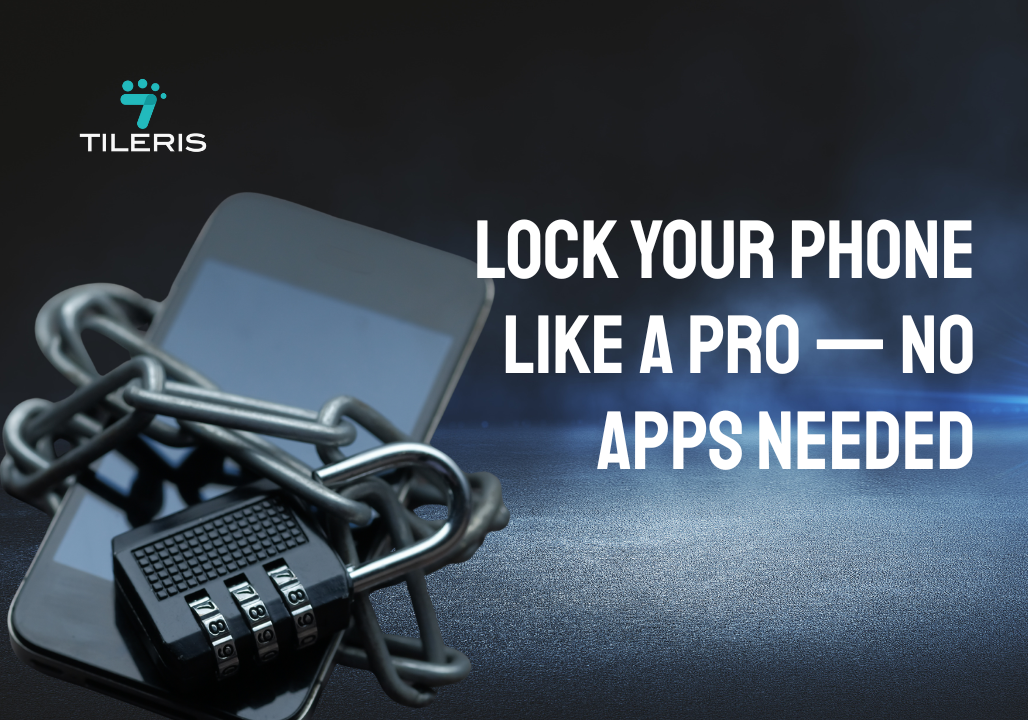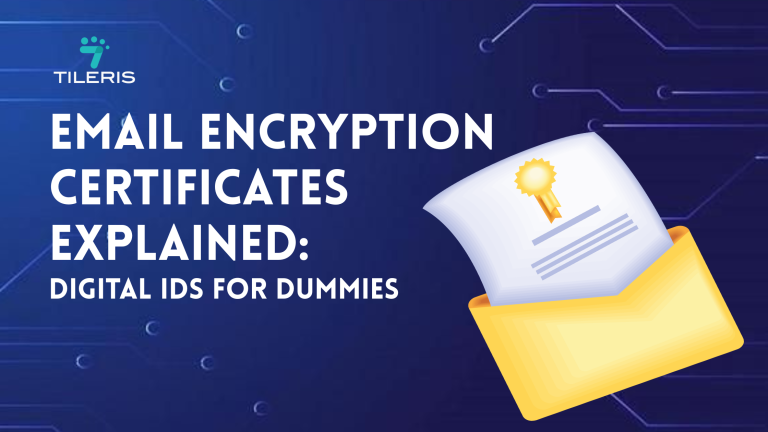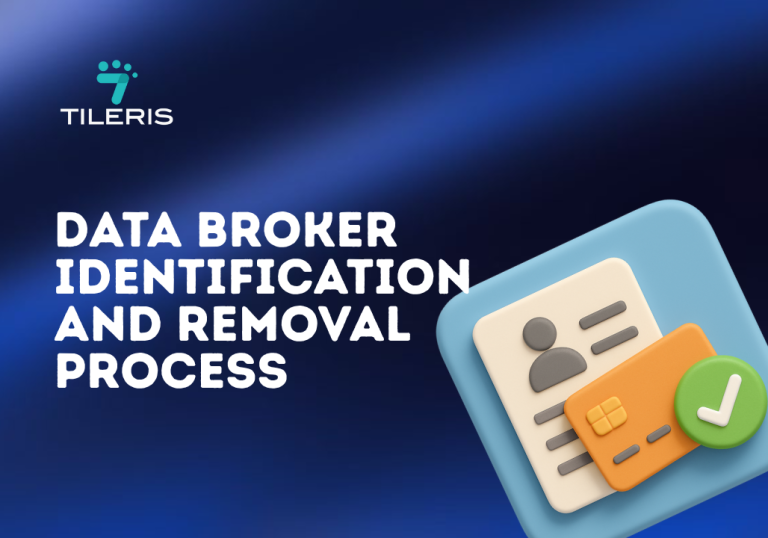Turn Your Phone Into A Privacy Fortress (No Apps Needed)
Introduction
In an era where digital surveillance has become the norm, developing Phone Into A Privacy Fortress has emerged as one of the most critical concerns for everyday users. Your smartphone contains an unprecedented amount of personal data; from your location history and browsing habits to your financial information and private communications. The good news is that you don’t need to download additional apps or spend money on premium services to significantly enhance your phone privacy. Through strategic configuration of your device’s built-in settings and adopting smart usage habits, you can transform your smartphone into a robust privacy fortress that protects your personal information from prying eyes.
Knowing Privacy Threat Depth
Modern smartphones collect vast amounts of data through various channels, creating multiple attack vectors for privacy violations. Operating systems continuously track user behavior, app permissions often exceed functional requirements, and network communications frequently leak sensitive information. The implications of poor phone privacy extend far beyond simple inconvenience—they can lead to identity theft, financial fraud, and personal safety risks. Understanding these threats is the first step toward building an effective privacy strategy that doesn’t rely on third-party applications.
Core Privacy Settings: Your First Line of Defense
Location Services Management
Your phone’s location services represent one of the most invasive privacy risks, as they create a detailed map of your daily activities and personal routines. Most users leave location services enabled for all apps by default, unknowingly sharing their whereabouts with dozens of applications that don’t require this information to function. The key to maintaining phone privacy lies in granular control—disable location access for apps that don’t absolutely need it, and set others to “While Using App” rather than “Always” when possible.
Navigate to your device’s location settings and review each app’s permissions carefully. Social media applications, shopping apps, and games rarely need constant location access, yet they often request it for advertising purposes. Consider turning off location history entirely, as this feature creates a permanent record of your movements that can be accessed by law enforcement or hackers. For essential apps like navigation services, you can enable location only when actively using the app, then disable it immediately afterward.
App Permissions Audit
Application permissions represent a significant vulnerability in phone privacy, as many apps request far more access than they need to function properly. A flashlight app, for instance, has no legitimate need to access your contacts, camera, or microphone, yet many such apps request these permissions. Regular permission audits should be conducted monthly to ensure apps haven’t gained additional access through updates or that you haven’t inadvertently granted permissions during rushed installations.
Review each app’s permissions systematically, starting with those that have access to sensitive data like contacts, photos, microphone, and camera. Remove permissions that seem unnecessary or excessive, and consider whether you truly need apps that demand extensive access to your personal information. Many apps will continue to function with reduced permissions, though they may occasionally prompt you to re-enable specific features when needed. This approach maintains phone privacy while preserving functionality for legitimate use cases.
Data Collection and Analytics
Both iOS and Android collect extensive analytics and usage data by default, supposedly to improve user experience and system performance. This data collection includes app usage patterns, search queries, location information, and even crash reports that may contain sensitive information. Disabling these analytics features is crucial for maintaining phone privacy without requiring additional software or subscriptions.
Access your device’s privacy settings and look for options related to analytics, diagnostics, or data sharing. Disable features like “Share iPhone Analytics” on iOS or “Usage and Diagnostics” on Android. These settings are often buried deep in system menus and may be re-enabled during major system updates. Additionally, turn off advertising personalization features that use your data to create targeted ads, as these services build detailed profiles of your interests and behaviors.
Network Security: Protecting Your Communications
Wi-Fi Security Best Practices
Public Wi-Fi networks pose significant risks to phone privacy, as they often lack proper encryption and can be easily monitored by malicious actors. Even seemingly secure networks in coffee shops, hotels, or airports may be compromised or operated by bad actors attempting to intercept personal information. The solution isn’t to avoid public Wi-Fi entirely, but to use it strategically while maintaining proper security practices.
Configure your phone to “forget” public Wi-Fi networks after use, preventing automatic reconnection to potentially compromised hotspots. Disable Wi-Fi auto-join features that connect to any available network without your explicit permission. When you must use public Wi-Fi, avoid accessing sensitive information like banking sites, email, or social media accounts. Consider using your phone’s mobile data instead of public Wi-Fi for important communications, as cellular networks generally provide better security than open wireless networks.
Bluetooth and NFC Security
Bluetooth and Near Field Communication (NFC) technologies create additional attack vectors that can compromise phone privacy through unauthorized access or data interception. Many users leave these features enabled constantly, making their devices discoverable to nearby attackers who can exploit vulnerabilities in these wireless protocols. Bluetooth, in particular, has a history of security flaws that can allow unauthorized access to personal data or even remote control of device functions.
Turn off Bluetooth when not actively using it, and set your device to “non-discoverable” mode when Bluetooth is enabled. Review paired devices regularly and remove any that you no longer use or recognize. For NFC, disable the feature entirely unless you regularly use contactless payments or file sharing. These wireless technologies consume battery life even when not in use, so disabling them provides both privacy and performance benefits.
DNS and Web Privacy
Your phone’s DNS (Domain Name System) queries reveal detailed information about your browsing habits and can be logged by internet service providers or malicious actors. Default DNS servers provided by mobile carriers often lack privacy protections and may sell your browsing data to third parties. Switching to privacy-focused DNS providers can significantly enhance phone privacy without requiring additional apps or complex configurations.
Configure your device to use DNS servers like Cloudflare (1.1.1.1), Quad9 (9.9.9.9), or other privacy-focused providers that don’t log queries or sell user data. Many modern smartphones allow DNS configuration through the network settings, though the exact process varies by device and operating system version. Additionally, enable DNS over HTTPS (DoH) or DNS over TLS (DoT) when available, as these protocols encrypt your DNS queries to prevent interception by network operators or malicious actors.
Browser Security and Web Privacy
Default Browser Configuration
Your smartphone’s default browser likely shares extensive data with its manufacturer and various third-party services, potentially compromising phone privacy through detailed tracking of your web activities. Major browsers like Chrome, Safari, and Edge collect browsing history, search queries, and usage patterns by default, often syncing this information across devices and sharing it with advertising networks. Proper browser configuration is essential for maintaining privacy without installing additional software.
Access your browser’s privacy settings and disable data collection features like usage statistics, crash reporting, and personalized advertising. Turn off location access for your browser unless absolutely necessary, and configure it to delete cookies and browsing data automatically after each session. Enable “Do Not Track” headers, though be aware that many websites ignore these signals. Consider using private browsing mode by default, as this prevents local storage of browsing history and cookies.
Search Engine Privacy
Default search engines like Google and Bing create detailed profiles of your interests and queries, which can be used for targeted advertising and potentially accessed by law enforcement or malicious actors. These search engines store your IP address, search terms, and timestamps, creating a comprehensive record of your information needs and interests. Switching to privacy-focused search engines can dramatically improve phone privacy without sacrificing search quality.
Configure your browser to use privacy-focused search engines like DuckDuckGo, Startpage, or Searx, which don’t track users or store personal information. These alternatives provide comparable search results without the privacy invasion of mainstream options. Some privacy-focused search engines even provide additional features like built-in proxy services and enhanced security measures that further protect your online activities.
Communication Security
Messaging App Security
Default messaging applications often lack proper encryption and may store your conversations on company servers where they can be accessed by law enforcement or hackers. Even apps that claim to offer security may have backdoors or vulnerabilities that compromise phone privacy. While you can’t always control which messaging apps others use, you can configure your default messaging settings to maximize privacy and security.
Enable end-to-end encryption in your messaging apps when available, and disable features like message backup to cloud services unless absolutely necessary. Turn off read receipts and typing indicators, as these features provide unnecessary information about your communication patterns. For sensitive conversations, consider using disappearing messages or manual message deletion to minimize the data stored on your device and potentially on company servers.
Email Security
Email remains one of the most vulnerable communication channels, as most email providers scan message content for advertising purposes and may be compelled to share data with authorities. Default email apps often sync with cloud services and may store sensitive information in easily accessible formats. Enhancing phone privacy requires careful configuration of your email settings and usage patterns.
Disable automatic email syncing except for essential accounts, and configure your email app to download messages only when actively checking mail. Turn off email tracking features that notify senders when you open their messages, as this creates a record of your reading habits. Consider using email aliases or temporary email addresses for non-essential communications to limit the personal information associated with your primary email account.
Advanced Privacy Techniques
System-Level Privacy Controls
Modern smartphones include numerous system-level privacy controls that remain disabled by default, leaving users vulnerable to various forms of data collection and surveillance. These advanced settings can significantly enhance phone privacy but require careful configuration to avoid breaking essential functionality. Understanding and properly configuring these controls is crucial for users who want maximum privacy without installing additional software.
Access your device’s advanced privacy settings and enable features like app sandboxing, which isolates applications from each other and from system resources. Configure your device to require explicit permission for any app wanting to access hardware features like the camera, microphone, or sensors. Enable privacy indicators that show when apps are accessing these features, allowing you to identify potentially malicious or intrusive behavior.
Data Minimization Strategies
Reducing the amount of personal data stored on your device is one of the most effective ways to enhance phone privacy, as information that doesn’t exist can’t be stolen or misused. This approach requires changing your usage habits and being more selective about the data you allow apps to collect and store. Data minimization also improves device performance and reduces the impact of potential security breaches.
Regularly delete unnecessary photos, videos, and documents from your device, and avoid storing sensitive information like passwords, financial data, or personal documents in easily accessible locations. Use cloud storage sparingly and only for non-sensitive information, as cloud services create additional privacy risks. Consider using your device’s built-in storage encryption features to protect data that must remain on your device.
Network Traffic Analysis
Understanding and monitoring your device’s network traffic can reveal privacy violations and help you identify apps that are sharing data without your knowledge. While you can’t install dedicated network monitoring apps, you can use your device’s built-in data usage statistics to identify suspicious activity and improve phone privacy through better awareness of your device’s communications.
Review your device’s data usage statistics regularly to identify apps that are consuming unusual amounts of data, as this may indicate unauthorized data collection or transmission. Look for apps that communicate frequently even when not in use, as this behavior often indicates privacy violations. Consider enabling data usage alerts to notify you when specific apps exceed expected usage patterns.
Maintaining Your Privacy Fortress
Regular Security Audits
Maintaining effective phone privacy requires ongoing vigilance and regular security audits to identify new threats and ensure your privacy measures remain effective. Technology companies frequently update their privacy policies and data collection practices, often in ways that reduce user privacy. Additionally, app updates may introduce new permissions or data collection features that compromise your previously secure configuration.
Schedule monthly reviews of your privacy settings, app permissions, and data usage patterns to identify any changes that may have compromised your phone privacy. During these audits, review your installed apps and remove any that you no longer use or that have gained excessive permissions. Check for system updates that may have reset your privacy settings, as major OS updates often revert privacy configurations to default values.
Staying Informed About Privacy Threats
The privacy threat landscape evolves constantly, with new vulnerabilities and data collection methods emerging regularly. Staying informed about these developments is crucial for maintaining effective phone privacy and adapting your security practices to address new threats. Following reputable cybersecurity news sources and privacy advocacy organizations can help you stay ahead of emerging risks.
Subscribe to security newsletters from organizations like the Electronic Frontier Foundation (EFF) and security researchers who focus on mobile privacy. These sources provide timely information about new privacy threats, security vulnerabilities, and changes in corporate data collection practices. Understanding these trends allows you to proactively adjust your privacy settings and usage habits before new threats can compromise your personal information.
Creating a Privacy-First Mindset
Effective phone privacy ultimately depends on developing a privacy-first mindset that considers the privacy implications of every action you take on your device. This approach requires thinking critically about the data you share, the permissions you grant, and the services you use. A privacy-first mindset also involves understanding the trade-offs between convenience and privacy, and making informed decisions about when those trade-offs are acceptable.
Before installing new apps, consider whether they truly add value to your life and whether their privacy practices align with your values. When configuring new services or features, choose the most privacy-protective options available, even if they require additional steps or reduce convenience. Remember that privacy is not a one-time configuration but an ongoing practice that requires constant attention and adjustment.
Conclusion
Transforming your smartphone into a privacy fortress doesn’t require expensive apps or complex technical knowledge—it simply requires understanding your device’s capabilities and taking advantage of the privacy tools already at your disposal. By systematically configuring your privacy settings, managing app permissions, securing your network communications, and maintaining ongoing vigilance about new threats, you can significantly enhance your phone privacy while preserving the functionality that makes smartphones valuable.
For more comprehensive information about mobile security and privacy, visit the tileris.com. If you’re looking for more hands-on support or more cyber security contents like this contact us, you can also request a free consultation with our AI agents, our experts are ready to guide you. Or, if you’d rather see how Tileris works in real time, go ahead and request a demo through our contact form.







